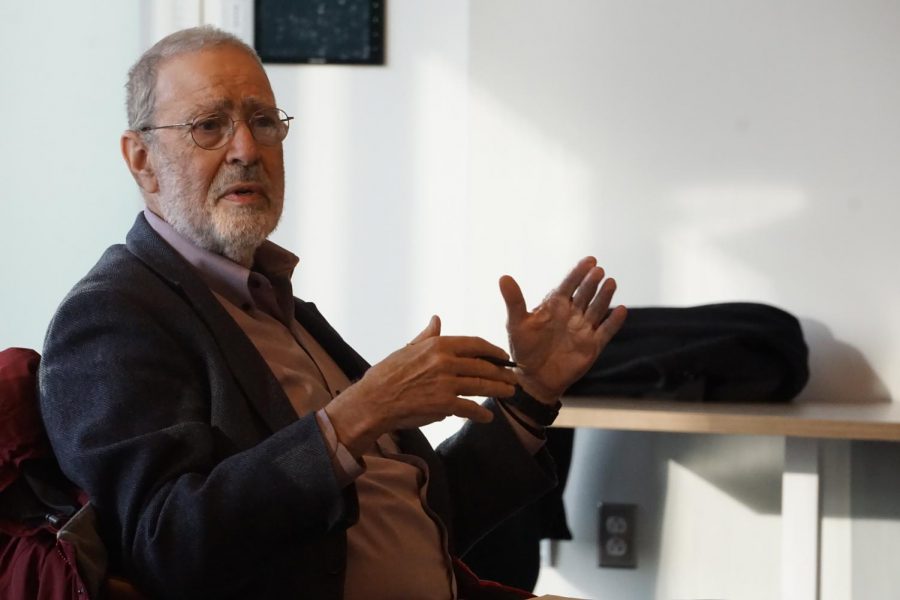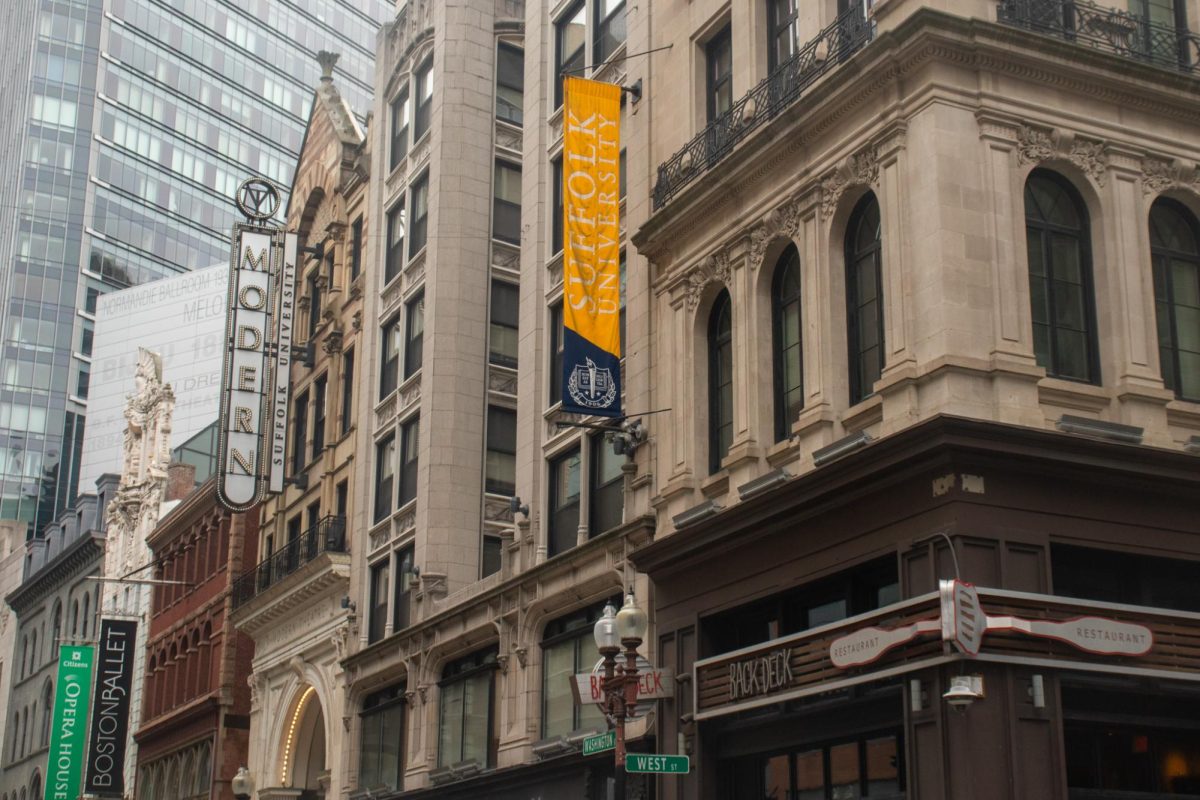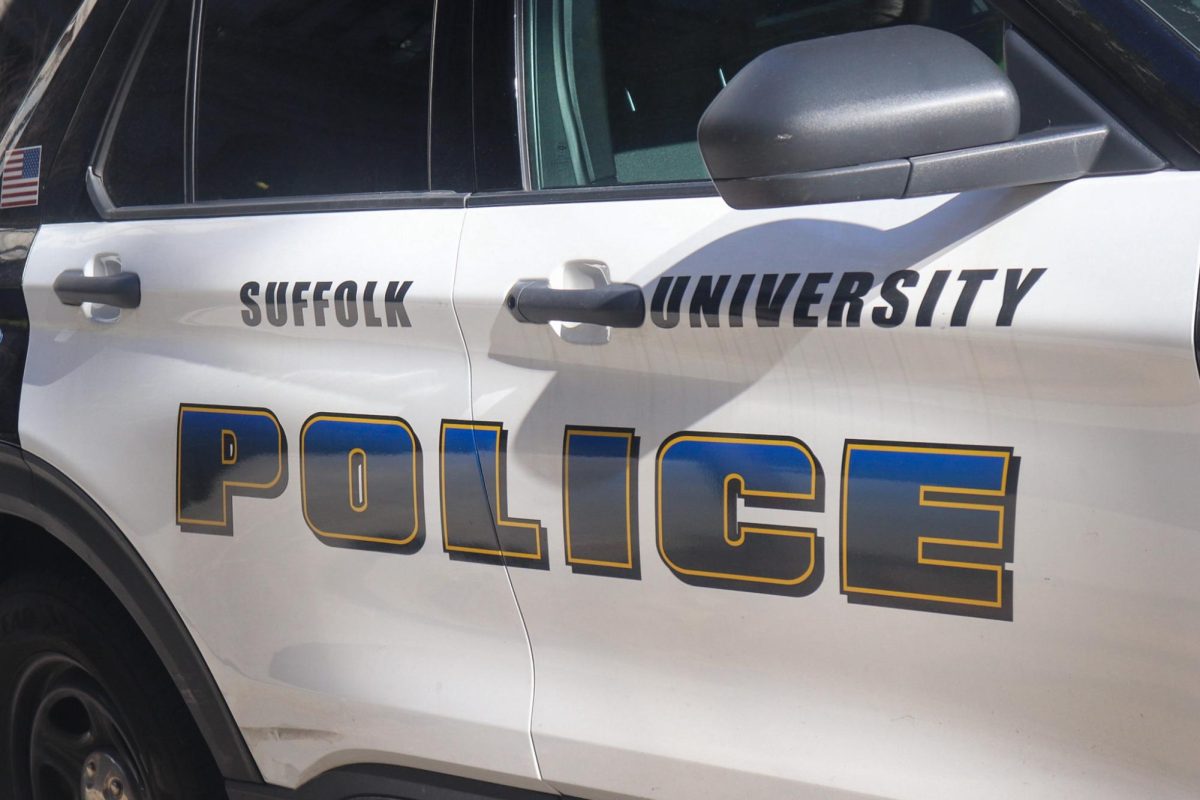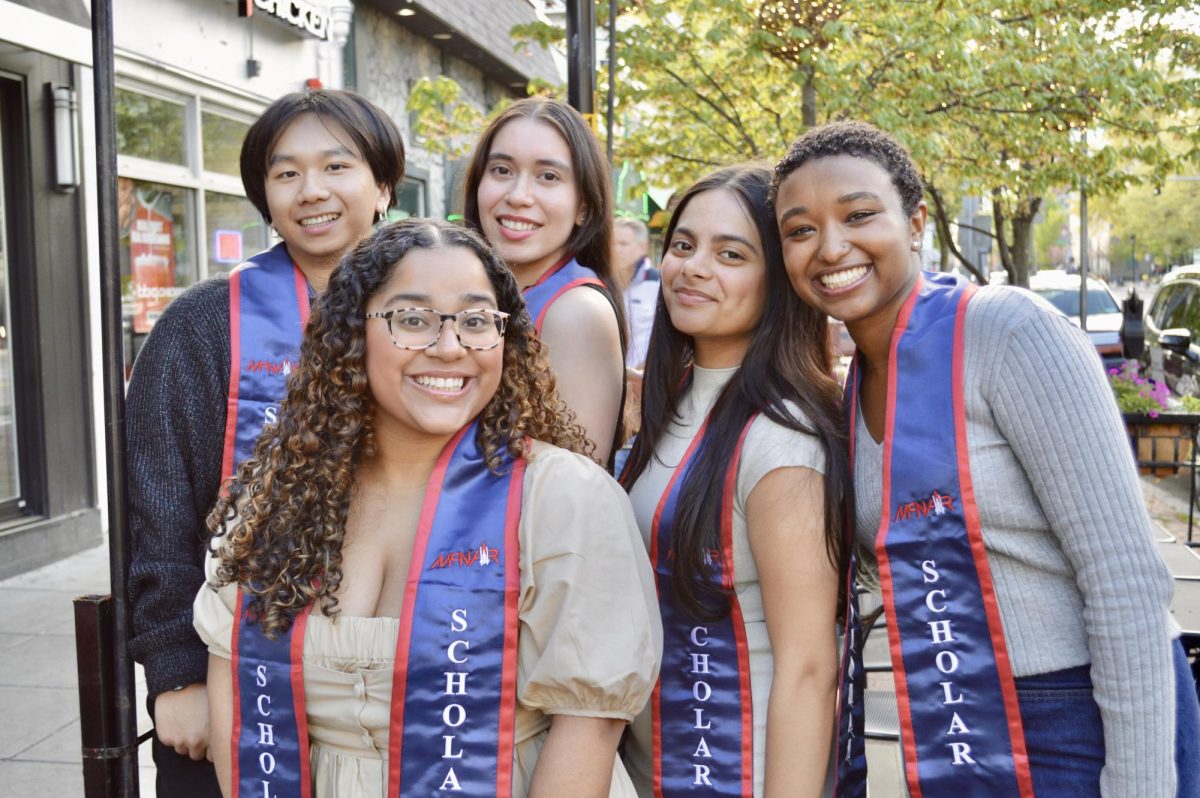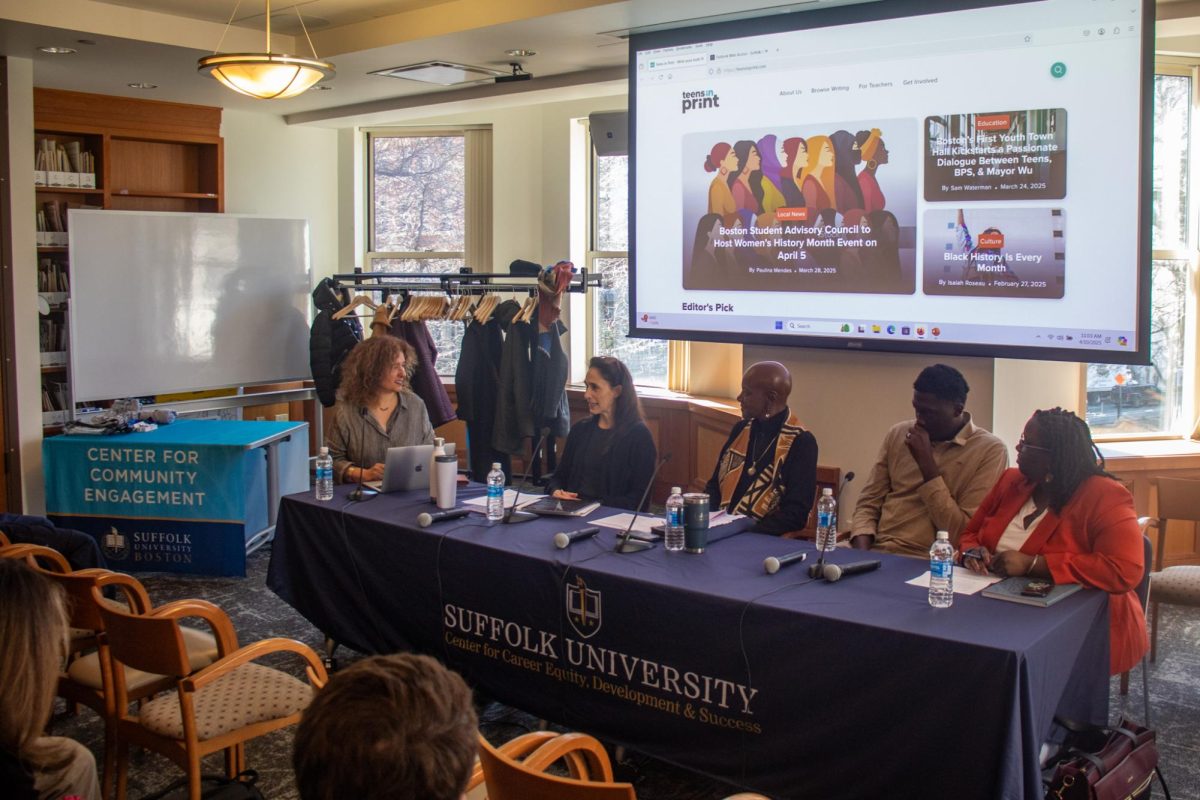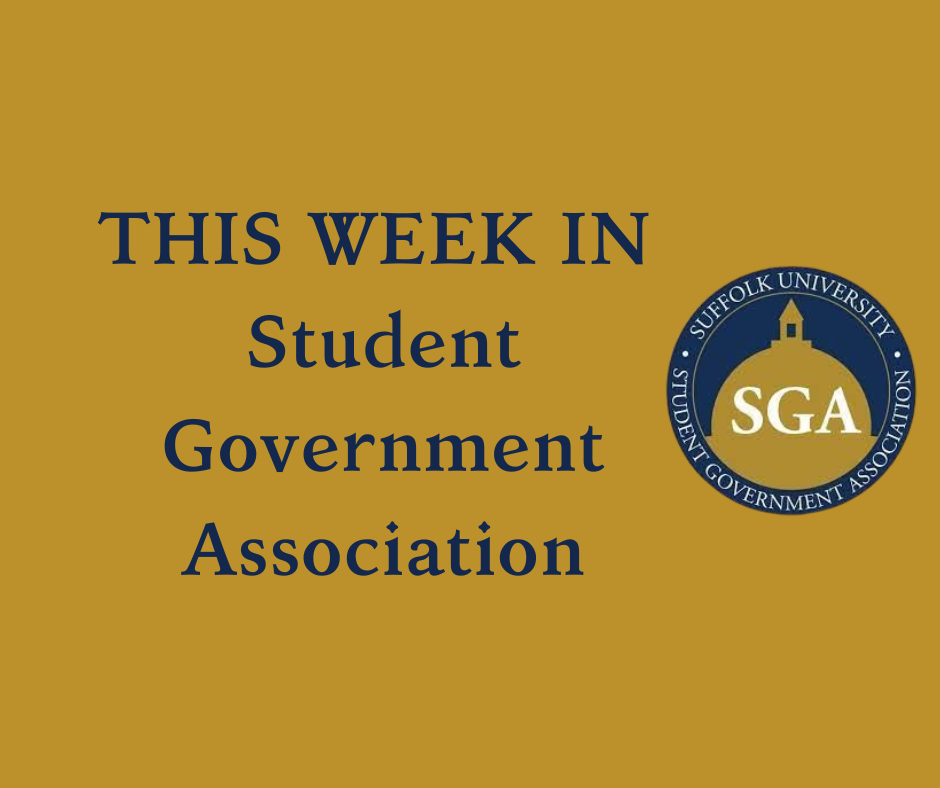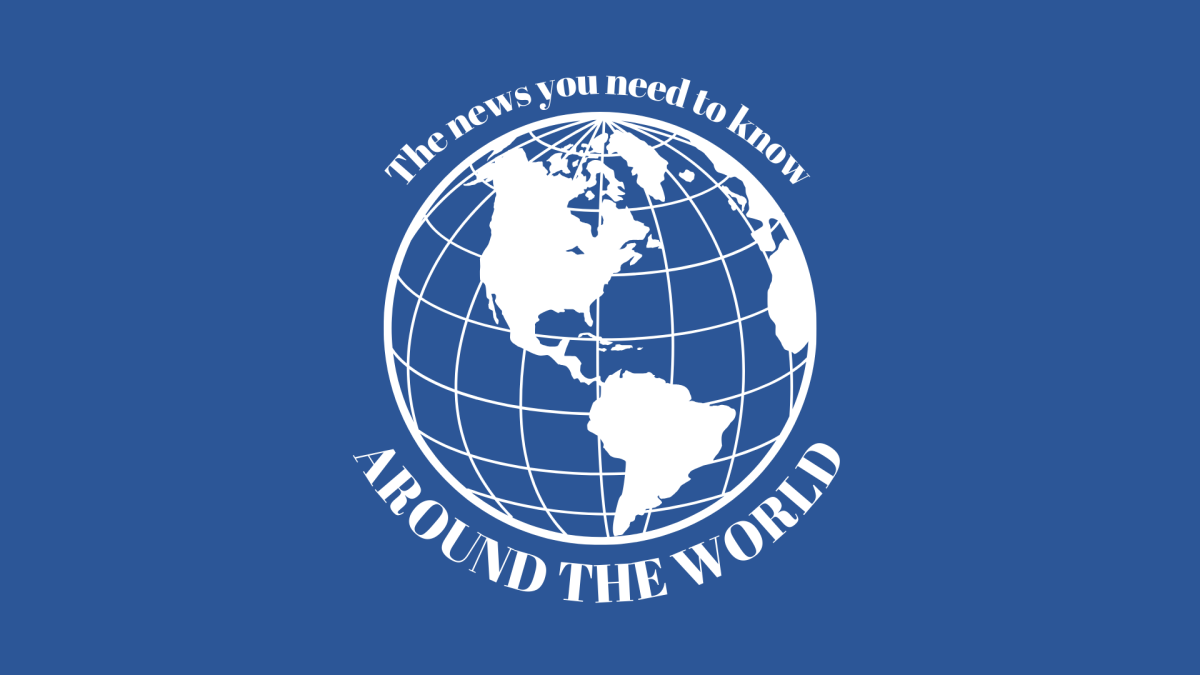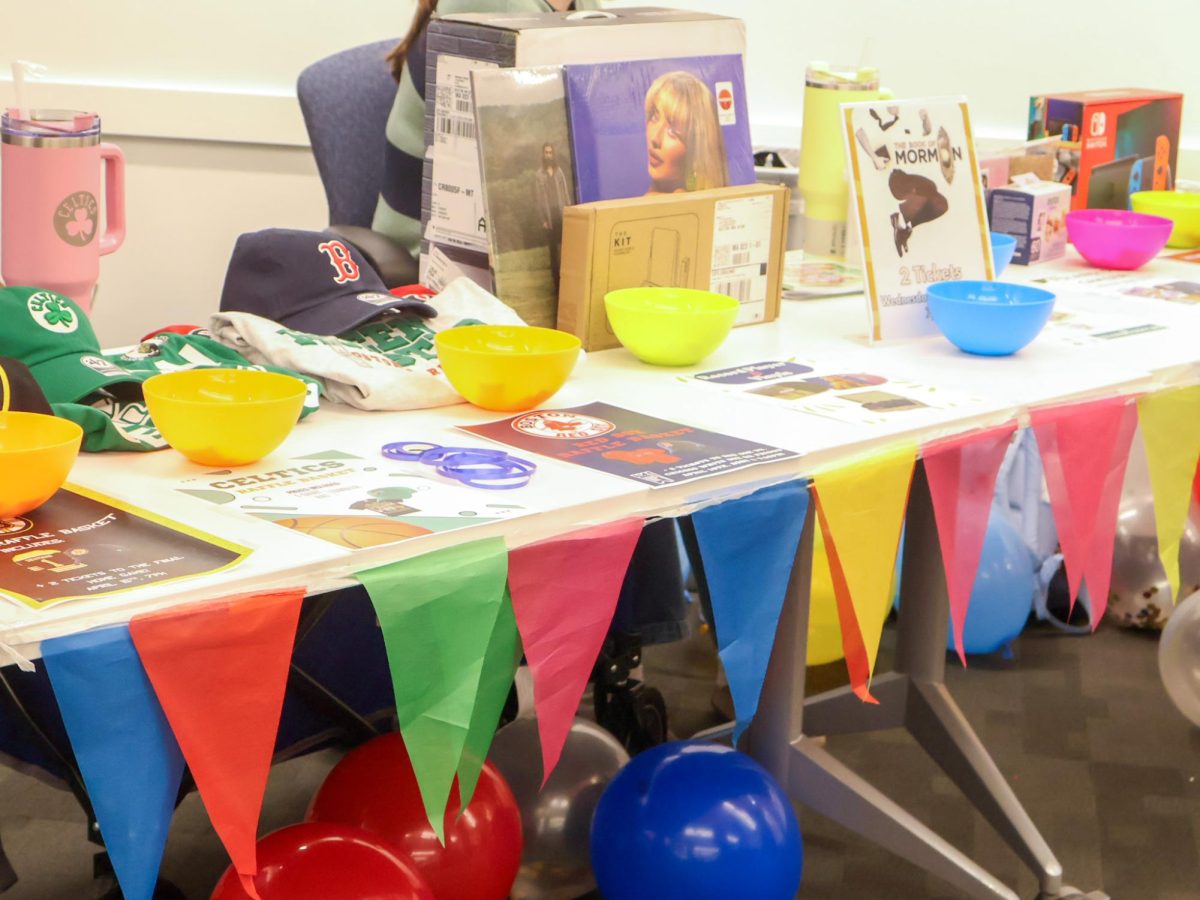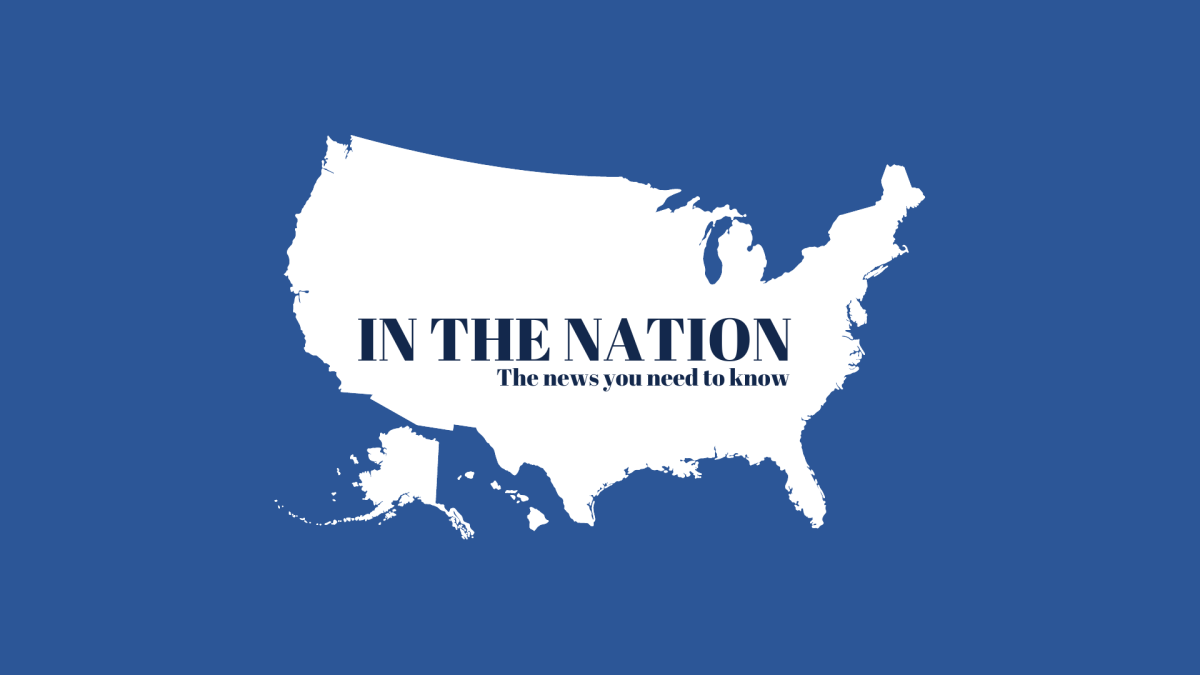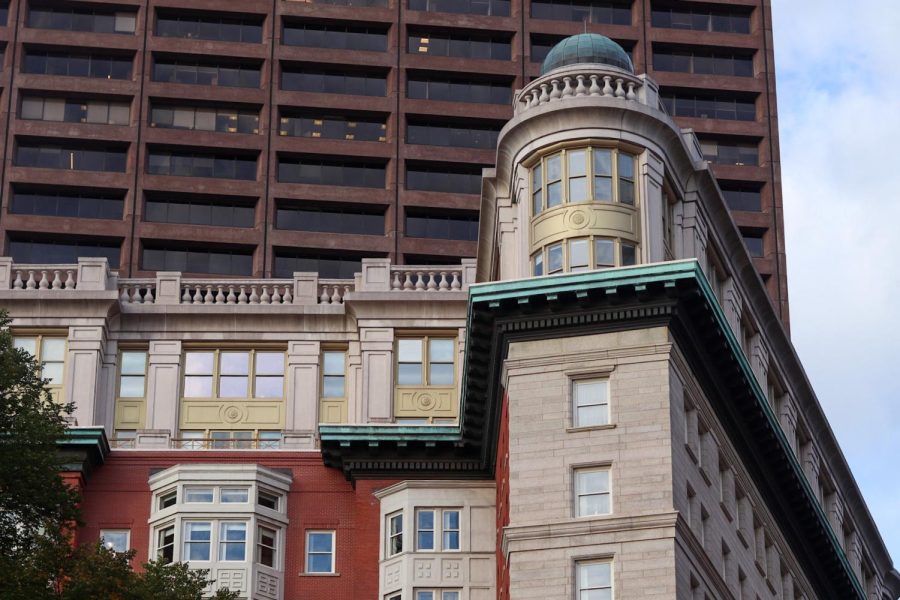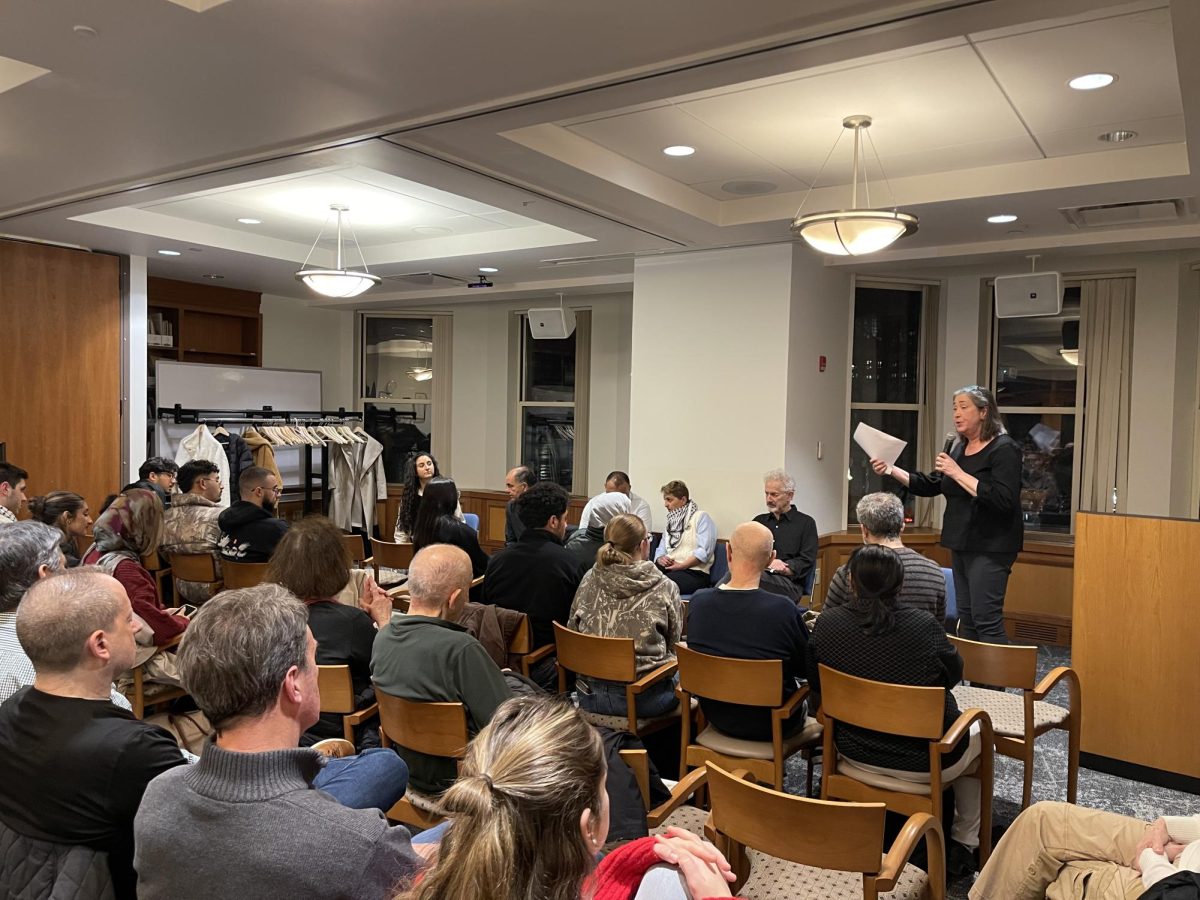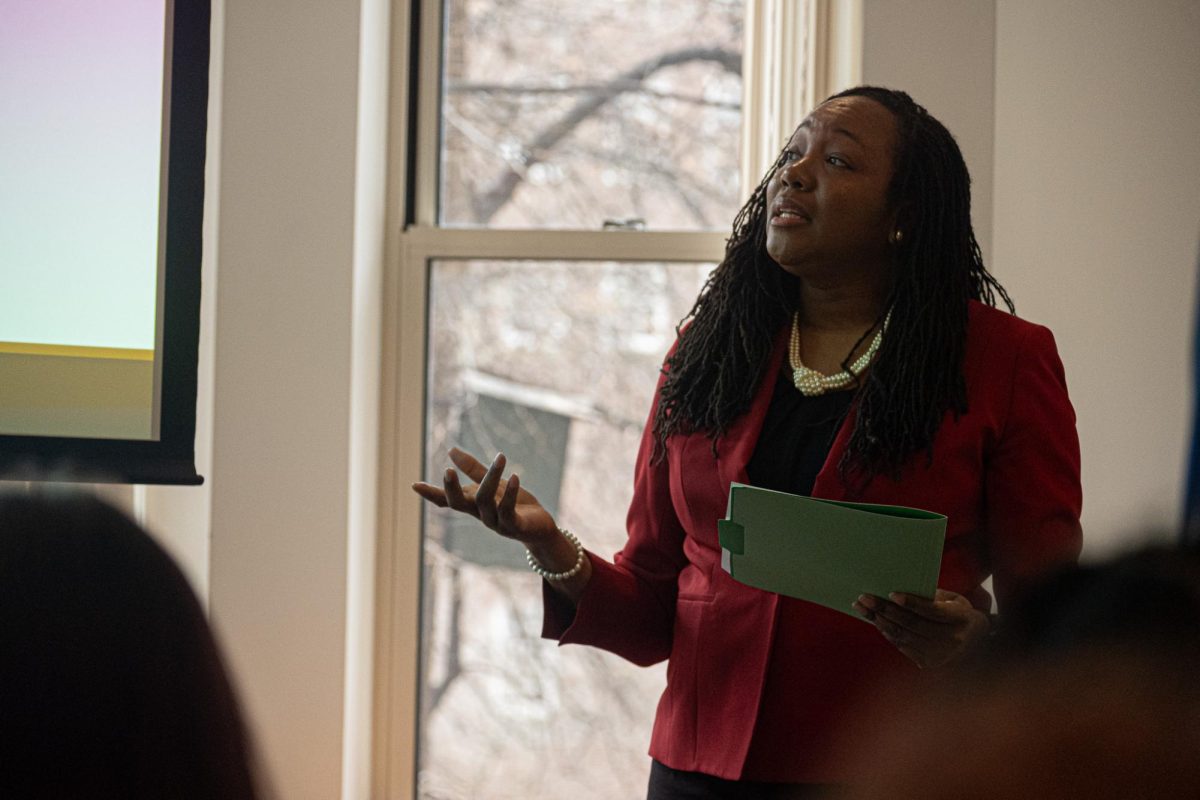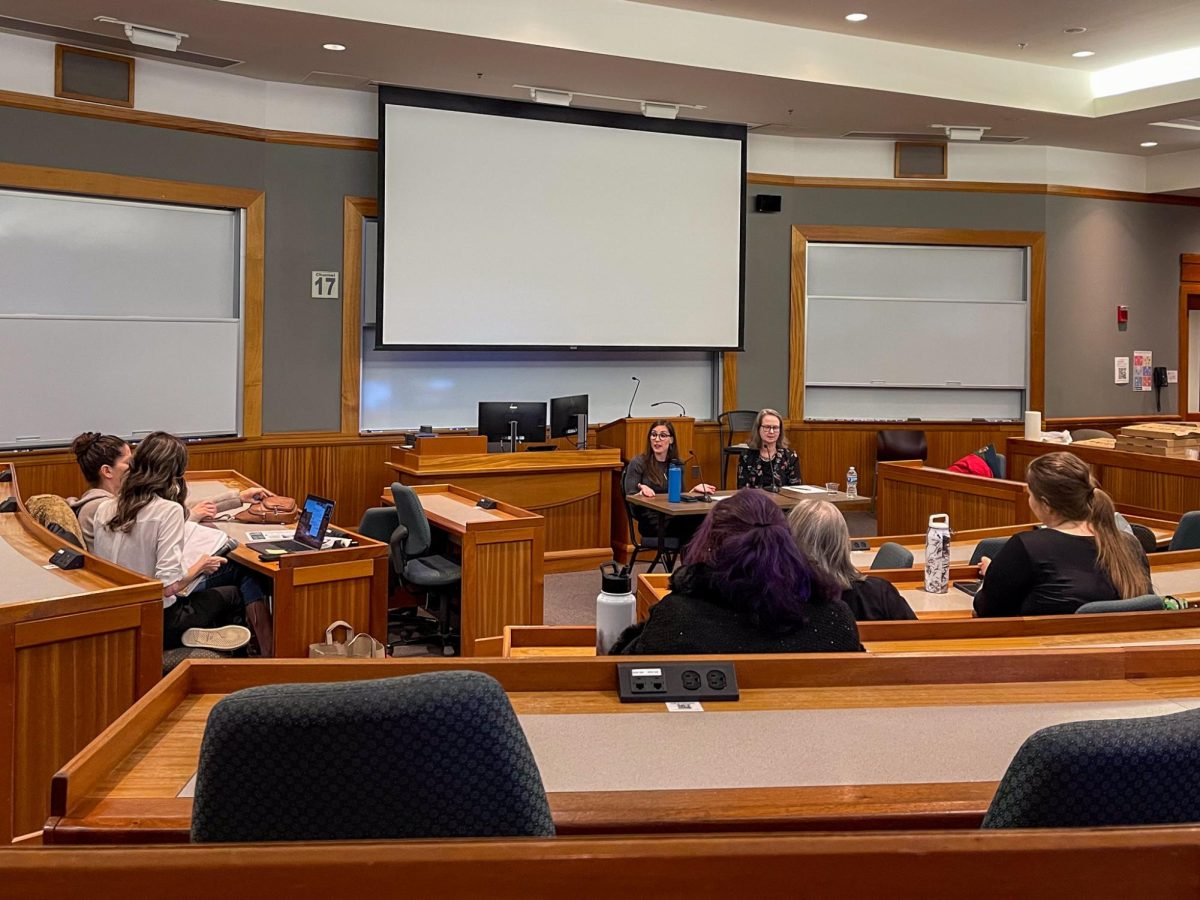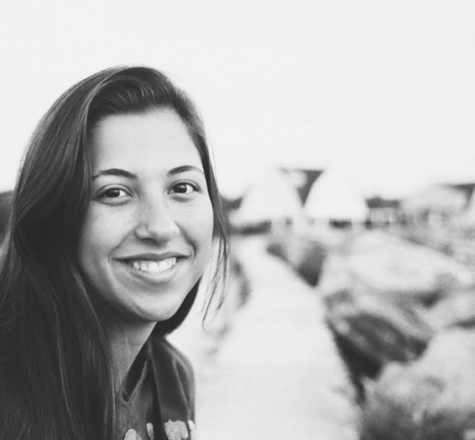Monuments have the potential to uncover stories which contrast from today’s society. The riots in Charlottesville this past August shocked the nation and conveyed that these monuments were more than just a work of art, but a question of how America should appropriately appreciate its country’s history.
Chair of the Government department Rachael Cobb, welcomed a panel Thursday at Suffolk University’s Sargent Hall to host a discourse entitled “Symbols and Studies-Public Spaces and Reconciliation.” The speakers included William Rand Kenan, Jr. Emeritus Professor in Political Science at Bryn Mawr College Dr. Marc Ross, Suffolk History Department lecturer Stephen O’Neill and Brandeis University Associate Dean for Diversity, Equity and Inclusion Maria Madison.
The discussion, part of twelve-part series called “Before and After Charlottesville Initiative,” tied into the question of whether or not certain statues should be taken down or left disregarded, Cobb told a Journal reporter in a recent interview.
“History is always told by the people who hold power,” said Cobb. “How does that shift in [this] day and age and how do you move to healing?”
Madison said that the great deal of miseducation that is given to the American people that has led to a lot of everyday problems that have arisen in today’s culture. Madison said that what a lot of people do not realize is the fact that the economy was established off the backs of people who were performing labor for free.
“The truth is in front of us, we just haven’t seen it,” said Madison.
Ross has studied how and why the recollection of enslaved people in the north for hundreds of years but seemed to have disappeared from our country’s memory. He talked about how many places neglect to tell the full extent of a story if there is not a specific structure to represent it.
“It is possible to tell a story without a monument or statue, but statues and monuments help tell these stories,” said Ross.
Ross explained that even though the South was looked at as being “pro-slavery,” the North was just as much as involved. In fact the North had the largest number of slave traders, according to Ross.
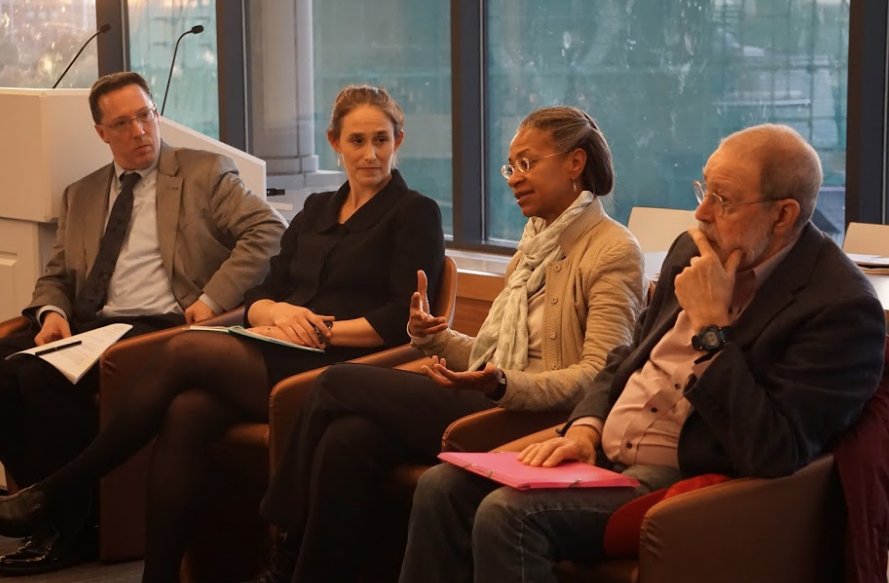
“It’s part of American history and it connects Charlottesville in important ways,” said Ross. “We’ve got to swallow that and say ‘this is our history.’”
In 2015 in South Carolina nine African Americans were murdered by white supremacist Dylann Roof while attending their church. Citizens then called for the removal of some Confederate statues, which sparked the riot in Charlottesville.
O’ Neill mentioned that when most people think about history their thoughts are directed towards the Pilgrims. He explained that history is much more complex.
“Statues can be toppled. Statues can be brought down,” said O’ Neill. “What do we replace them with?”
The Robert E. Lee statue, which was at the center of arguments that prompted the Charlottesville riots, still stands where it is today. Many citizens believed that it should be taken down.
Cobb described how significant it is that students at Suffolk understand why the nation is currently at this point in American history. She told a Journal reporter that many students come to Suffolk lacking a deep understanding in historical information.
A desire to create a safe space and educate students is exactly what Cobb said she hoped to get out of these discussions.
Cobb recounted the events in Charlottesville and explained that when students returned back to campus, the government department thought it was best to put this incident into a “broader context.” The history of slavery, the monuments that we create and the stories we share all added to how we comprehended this rally, said Cobb.
“I hope that [students] feel that they look at their public landscape with more questions and that they think about why the statues that they see were created in the way that they were,” said Cobb.


